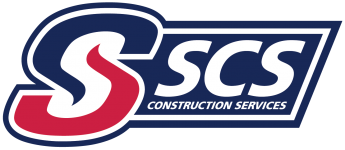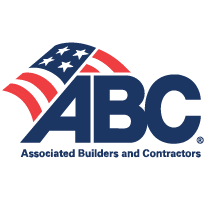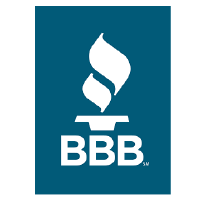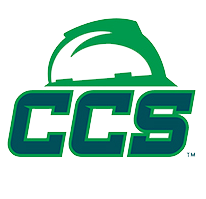CONSTRUCTION SERVICES
Construction projects are complex undertakings that require careful planning and execution. One of the crucial aspects of any construction project is the selection of the appropriate delivery method. Construction delivery methods refer to the contractual relationships between the project owner, architect, and contractor. These methods determine how the project will be managed, coordinated, and executed. The construction industry offers several delivery methods, each with its own advantages and disadvantages.
The three main construction delivery methods are:
» Design-Bid-Build
» Construction Management
» Design-Build
Each method has its own unique features and can be better suited for specific project requirements.
Design/Bid/Build
Design-Bid-Build is the traditional and most widely used construction delivery method. Under this method, the owner hires an architect to design the project, then puts the construction contract out to bid. Once the contractor is selected, the construction phase begins. This method offers a clear separation of responsibilities and allows for competitive bidding, ensuring a fair price.
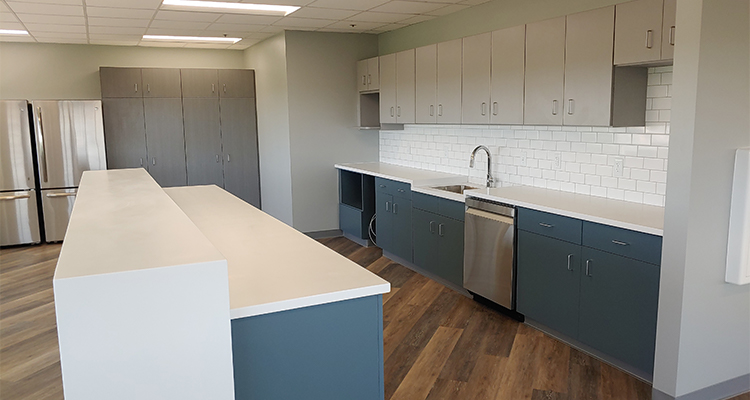
Construction Management
Construction Management involves the appointment of a construction manager (CM) during the design phase itself. The CM acts as an advisor to the owner and works closely with the architect to provide cost estimates, value engineering suggestions, and construction expertise. Once the design is finalized, the CM hires subcontractors and manages the construction process.
There are two types of Construction Management: Agency CM and At-Risk CM. The primary difference between the two is the amount of risk the Construction Manager assumes in performing duties for the Owner. Over the course of time, several hybrids of the delivery system have been created to service the various needs of the Owner, but they still fall within the category of Construction Management.
In Agency CM, the contractual relationship between the Owner and Construction Manager is similar to that of the Owner and Architect. The CM administers the work of prime contractors who contract directly with the Owner.
In At-Risk CM, the CM is also the constructor, performing duties much like a general contractor.
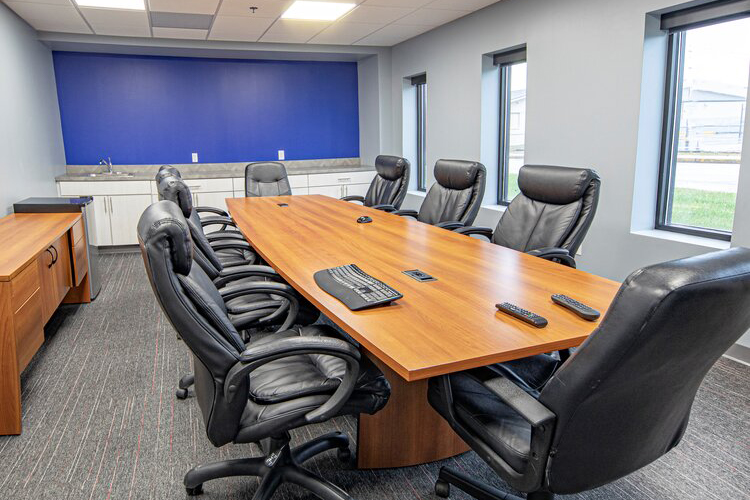
Design-Build
Design-Build is a delivery method where the owner contracts with a single entity, known as the Design-Builder, responsible for both the design and construction of the project. This method promotes collaboration and streamlines project communication, as the design and construction teams work together from the project’s inception.
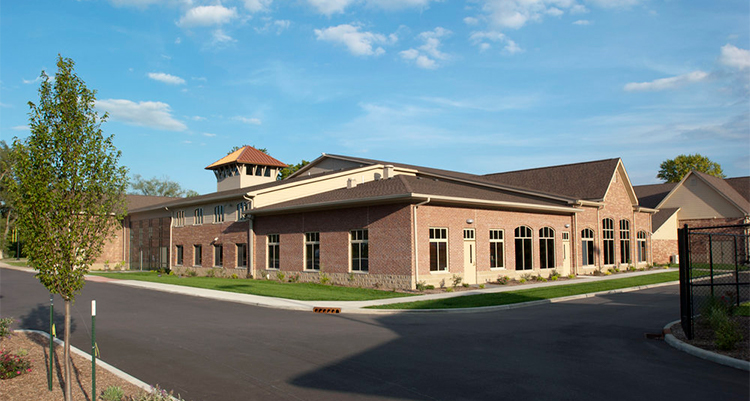
We also offer other unique deliver methods…
Guaranteed Maximum Price (GMP) plus Fee
Guaranteed Maximum Price (GMP) plus Fee is a construction contracting method that provides cost certainty to the project owner while allowing for potential savings. This method is commonly used in construction projects where the owner wants to have control over costs but also wants to incentivize the contractor to complete the project within the agreed budget.
Under the GMP plus Fee method, the contractor and the owner enter into a contract that establishes a maximum price for the project. This maximum price is negotiated based on the project’s scope, design, and estimated costs. The contractor is responsible for completing the project within this maximum price, and any cost overruns are absorbed by the contractor.
The GMP plus Fee method offers several advantages. First, it provides cost certainty to the owner, as the maximum price ensures that the project will not exceed the agreed budget. This can be particularly beneficial for owners with limited financial resources or tight budget constraints.
Secondly, the GMP plus Fee method incentivizes the contractor to complete the project within the agreed budget. Since any cost overruns are the responsibility of the contractor, they have a strong motivation to control costs and find efficiencies during the construction process. This can lead to potential savings for the owner if the project is completed under the maximum price.
Another advantage of this method is that it allows for flexibility and collaboration between the owner and the contractor. The owner can be involved in the decision-making process and have more control over changes and modifications to the project. The contractor can also provide value engineering suggestions and cost-saving alternatives to ensure the project stays within the maximum price.
Cost of Work Plus Fee:
The Cost of Work plus Fee is a construction contracting method that involves the reimbursement of the actual costs incurred during the project, along with a fee for the contractor’s services. Unlike fixed-price contracts, where the project cost is predetermined, the Cost of Work plus Fee method allows for more flexibility and transparency in terms of project costs.
Under this method, the owner agrees to reimburse the contractor for all direct project costs, including materials, labor, equipment, and subcontractor fees. These costs are typically tracked and documented by the contractor through detailed invoices and receipts. In addition to the reimbursement of costs, the contractor is entitled to a fee, which is usually a percentage of the total project cost.
The fee is negotiated and agreed upon between the owner and the contractor before the project begins. It covers the contractor’s overhead expenses, profit margin, and any additional services provided. The fee acts as compensation for the contractor’s expertise, management, and coordination of the project.
The Cost of Work plus Fee method offers several advantages. First, it provides transparency and accountability in terms of project costs. The owner has visibility into the actual expenses incurred and can review the invoices and receipts provided by the contractor. This level of transparency can help build trust between the owner and the contractor.
Secondly, the Cost of Work plus Fee method allows for flexibility and adaptability during the construction process. Changes and modifications to the project can be easily accommodated, as the costs are directly reimbursed. This can be particularly useful in projects where the scope or design might evolve over time or where unforeseen circumstances arise.
However, it is important to note that the Cost of Work plus Fee method carries inherent risks for the owner. Since the cost is not fixed, there is a potential for cost overruns if the project is not effectively managed and controlled. Therefore, it is crucial to have open communication and regular monitoring of project costs to ensure that they align with the owner’s budget and expectations.
In conclusion, the Cost of Work plus Fee is a construction contracting method that involves reimbursing the contractor for the actual costs incurred during the project, along with a negotiated fee. It offers flexibility, transparency, and the ability to adapt to changes during the construction process. However, careful monitoring and communication are necessary to manage costs effectively and ensure that the project remains within the owner’s budget.
